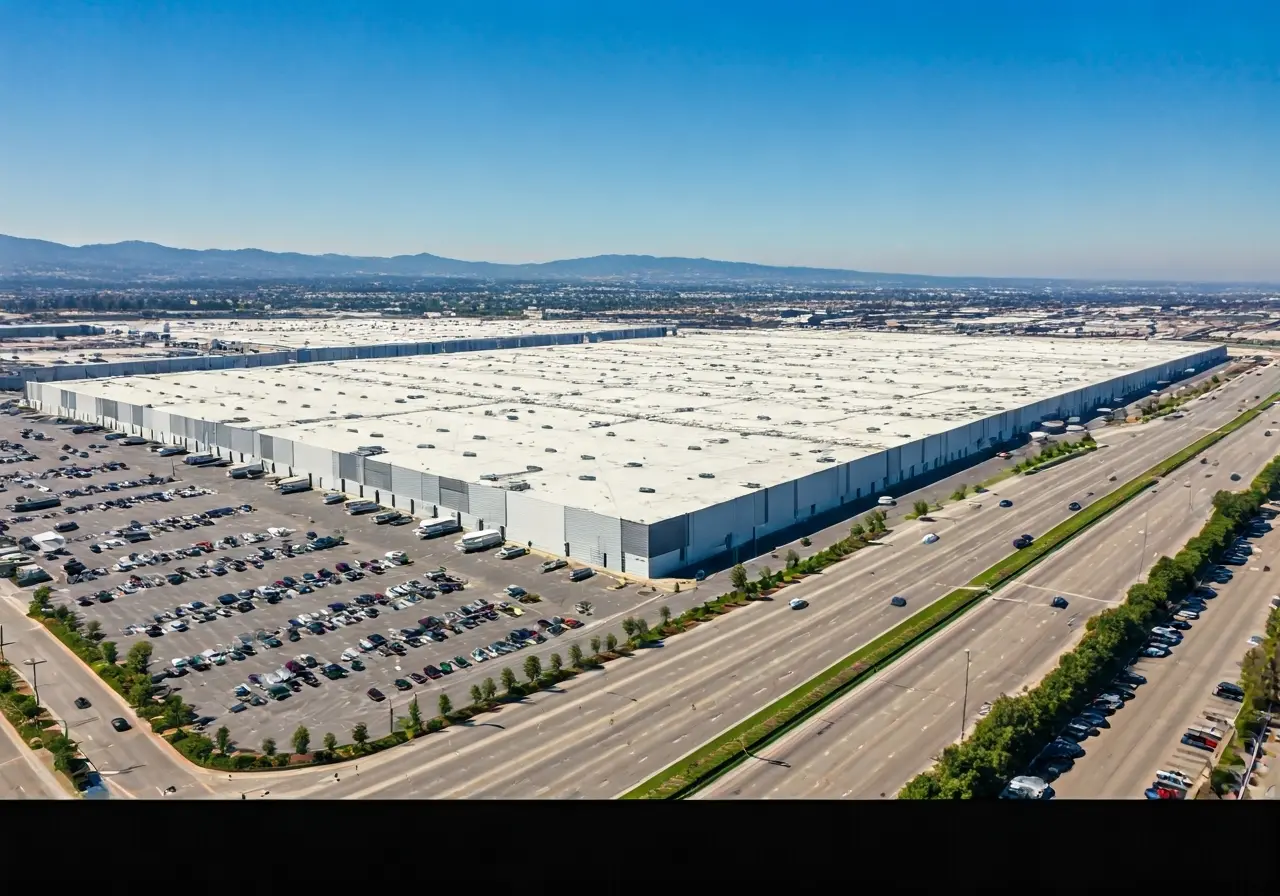The Role of a Distribution Center Los Angeles in Streamlining Ecommerce Operations
In today’s fast-paced ecommerce environment, efficiency and speed are key to staying competitive. Distribution centers play a pivotal role in ensuring that products move swiftly and smoothly from manufacturer to consumer. This blog will explore how a Distribution Center in Los Angeles is crucial for streamlining ecommerce operations and fulfilling customer expectations.
Understanding the Strategic Importance of Location
Los Angeles is a major hub for commerce, making it an ideal location for distribution centers. Its proximity to ports and large consumer markets allows for quicker shipping times and lower transportation costs, benefiting both businesses and customers.
The geographical advantage of Los Angeles extends beyond just its proximity to ports. The city's extensive transportation network, including highways, railways, and airports, facilitates fluid logistics operations. This infrastructure enables distribution centers to efficiently manage the dispatch and receipt of goods, ensuring that inventory is swiftly moved from one location to another. Consequently, businesses can meet market demands promptly, reflecting the strategic foresight of having logistics hubs situated here.
Moreover, the dynamic business environment in Los Angeles attracts a diverse array of industries, from technology to fashion. Distribution centers positioned in this vibrant economic landscape gain access not only to a vast pool of local consumers but also to strategic partnerships with other thriving companies. Such collaborations can lead to innovative supply chain solutions and shared resources, further optimizing cost structures and delivery times.
Enhancing Operations through Technological Integration
Modern distribution centers in Los Angeles utilize advanced technology to streamline operations. With systems for inventory management, real-time tracking, and automated sorting, these centers optimize the flow of goods, reducing errors and improving efficiency.
The implementation of artificial intelligence (AI) in logistics is transforming distribution practices. AI-powered algorithms can predict demand patterns, ensuring that stock levels are maintained at optimal levels. This predictive capability allows distribution centers to anticipate restocking needs and prevent shortages. Additionally, machine learning techniques refine routing protocols, reducing delivery times and energy consumption. As technology evolves, the integration of AI in distribution centers will only enhance their capabilities further.
Besides AI, the use of Internet of Things (IoT) devices has revolutionized inventory visibility. IoT sensors attached to shipments provide real-time data on their location and condition, such as temperature and humidity levels. This information is crucial for products that require specific storage conditions. Staying informed about the status of goods in transit enables distribution centers to maintain quality control standards and promptly address any issues during transport, thereby safeguarding the integrity of products bound for consumers.
Scalability and Flexibility for Growing Businesses
As ecommerce businesses expand, they require logistics solutions that can scale accordingly. Distribution centers offer flexible storage options and adaptable service levels that cater to varying needs, allowing businesses to manage peak periods efficiently.
Scalability in the context of logistics involves more than just increasing storage capacity. It includes scaling the technology infrastructure to handle higher transaction volumes and deploying advanced warehouse management systems that can adapt processes on-the-fly. These systems allow distribution centers to rapidly adjust workflows in response to fluctuations in demand, ensuring that even during peak seasons, operations remain streamlined and customer satisfaction is unhindered.
Flexibility in service offerings can be pivotal for ecommerce companies seeking to capture new market segments. By tailoring their logistics solutions to align with specific business models—for instance, supporting subscription services with cyclical dispatch schedules—distribution centers can become integral partners in their clients' growth strategies. In Los Angeles, where consumer preferences are diverse and rapidly changing, such adaptability ensures that ecommerce firms remain competitive.
Meeting Consumer Expectations with Fast and Efficient Deliveries
In the ecommerce sector, fast delivery times are integral to customer satisfaction. Distribution centers play a crucial role in achieving this by ensuring that products are stored close to consumer markets, enabling faster last-mile delivery.
Consumer expectations in the digital age have been reshaped by the promise of rapid delivery times set by leading companies. Distribution centers in Los Angeles are instrumental in meeting these expectations through innovative logistical strategies. By adopting custom delivery schedules and utilizing local couriers, they can accommodate specific time windows preferred by customers. This level of customization not only enhances satisfaction but also fosters loyalty, as consumers appreciate the added attention to their delivery preferences.
Additionally, the use of data analytics in refining delivery processes has become increasingly prevalent. By analyzing customer feedback and purchasing patterns, distribution centers can better understand geographic demand trends and adjust inventory placement accordingly. This strategic positioning reduces unnecessary transport, cuts costs, and shortens delivery times—a win-win scenario that supports both the environment and the bottom line.
Embracing the Power of Distribution Centers for Future Success
Distribution centers in Los Angeles are integral to the efficiency and success of ecommerce businesses. By providing strategic location benefits, boosting operational efficiency, and supporting growth through scalability, these centers are indispensable in meeting the demands of modern consumers. As ecommerce continues to grow, the role of distribution centers will only become more critical.

